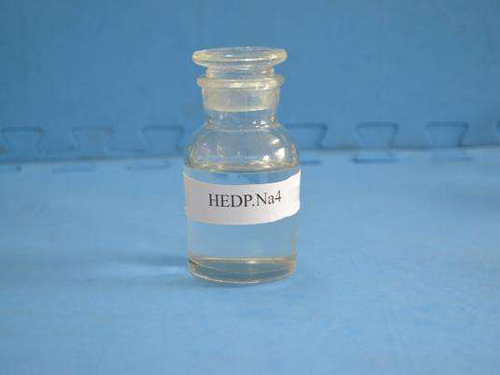Investigation of Polyacrylamide Polymer Properties and Applications in Various Fields
Understanding Polyacrylamide Polymer Applications and Importance
Polyacrylamide (PAM) is a synthetic polymer that has gained significant recognition in various fields due to its remarkable properties and versatility. Composed of acrylamide monomers, it forms a water-soluble polymer that can be utilized in a multitude of applications, particularly in the fields of water treatment, agriculture, and bioengineering.
Properties of Polyacrylamide
Polyacrylamide exhibits unique physicochemical properties that make it an excellent candidate for various applications. One of its most notable characteristics is its ability to absorb and retain water. This property is critical in enhancing soil moisture retention in agricultural practices. The polymer can also be modified to create different forms, such as anionic, cationic, or non-ionic, which allows for a wide range of applications tailored to specific needs.
Additionally, PAM has a high molecular weight, contributing to its effectiveness in forming gels and flocculants. The polymer’s structure can establish hydrophilic interactions, allowing it to bind efficiently with other particles and enhance the settling of suspended solids in liquids.
Applications in Water Treatment
One of the most significant applications of polyacrylamide is in water treatment processes. In municipal and industrial wastewater treatment, PAM acts as a flocculant, promoting the aggregation of suspended particles into larger clumps, or flocs, that can be easily removed from the water. This process is vital for producing clean water and meeting environmental regulations.
PAM is also utilized in the preparation of sludge dewatering. By aiding in the separation of water from solid waste, PAM helps reduce the volume of sludge, making disposal easier and more economical. This aspect is especially crucial in industries generating large quantities of wastewater, as it minimizes environmental impact and optimizes resource management.
Role in Agriculture
In agricultural settings, polyacrylamide serves a pivotal role in enhancing soil quality and moisture retention. When applied to soil, PAM improves the soil structure, leading to better aeration and increased nutrient availability for crops. Its water-retaining capabilities help in reducing the frequency of irrigation, which is particularly beneficial in arid regions where water resources are limited.
polyacrylamide polymer

Moreover, PAM can be used to stabilize sandy soils, minimizing erosion and loss of topsoil during heavy rains. The incorporation of this polymer not only improves crop yield but also contributes to sustainable farming practices by conserving water and reducing the need for chemical fertilizers.
Benefits in Bioengineering
In the field of bioengineering, polyacrylamide is widely utilized in gel electrophoresis, a technique essential for analyzing nucleic acids and proteins. The unique properties of PAM allow it to form gels of varying densities, providing a suitable medium for separating biomolecules based on size. This application is crucial in research and diagnostic laboratories, aiding in genetic studies and disease detection.
Furthermore, PAM's biocompatibility makes it an excellent candidate for drug delivery systems. Researchers are exploring its potential for encapsulating therapeutic agents, allowing for controlled release over time. This property can significantly enhance the effectiveness of treatments while minimizing side effects.
Environmental Considerations
It is important to note that while polyacrylamide offers numerous benefits, there are environmental considerations regarding its use. Acrylamide, a component of PAM, is classified as a potential neurotoxin, and efforts are being made to ensure that PAM products are safe for use and do not negatively impact human health or ecosystems.
Ongoing research aims to develop biodegradable alternatives and assess the long-term environmental impacts of polyacrylamide applications. Increased awareness and regulation will play a critical role in ensuring that the benefits of PAM can be enjoyed without compromising safety.
Conclusion
Polyacrylamide polymer has established itself as a crucial material in various industries, especially in water treatment, agriculture, and bioengineering. Its unique properties allow for efficient water retention, soil enhancement, and effective waste management. As research progresses and environmental regulations tighten, the future applications of polyacrylamide will likely expand, paving the way for innovative solutions that address both human and environmental needs. Comprehensive understanding and responsible usage of this polymer will be essential for sustainable practices in the coming years.
-
Water Treatment with Flocculant Water TreatmentNewsJun.12,2025
-
Polymaleic AnhydrideNewsJun.12,2025
-
Polyaspartic AcidNewsJun.12,2025
-
Enhance Industrial Processes with IsothiazolinonesNewsJun.12,2025
-
Enhance Industrial Processes with PBTCA SolutionsNewsJun.12,2025
-
Dodecyldimethylbenzylammonium Chloride SolutionsNewsJun.12,2025





